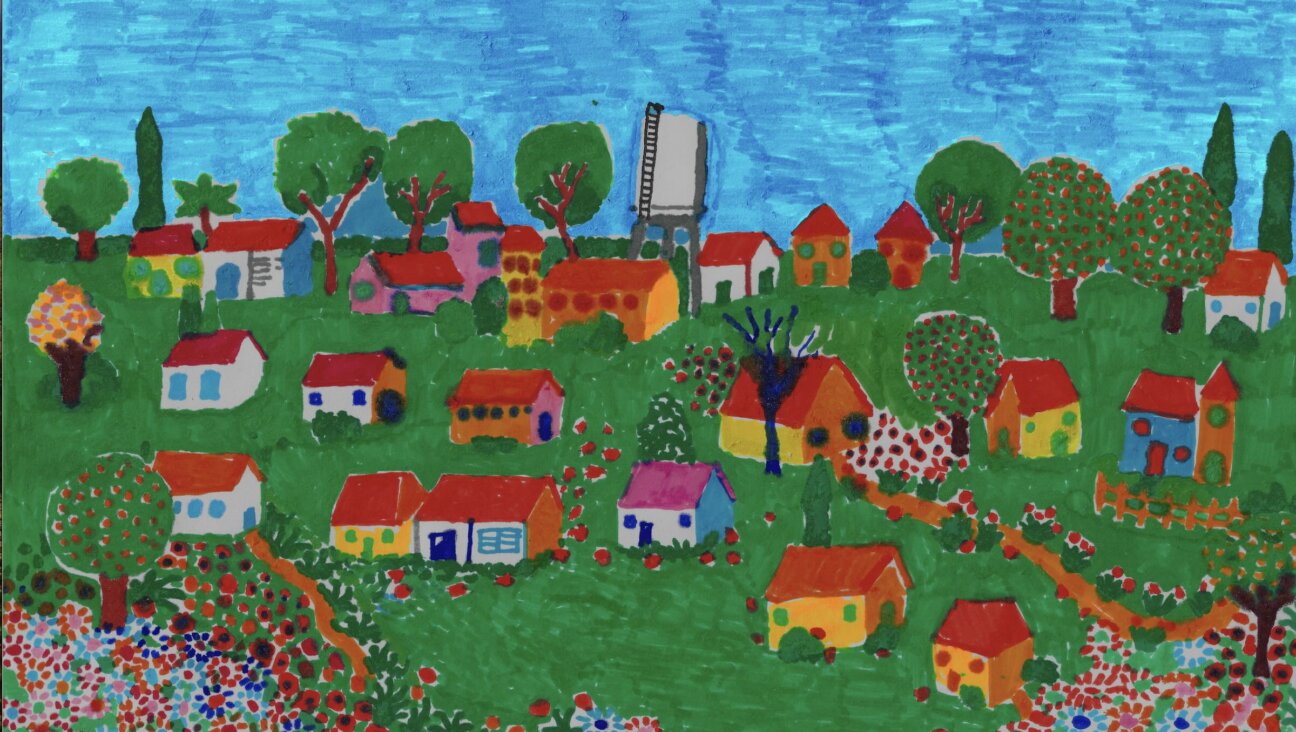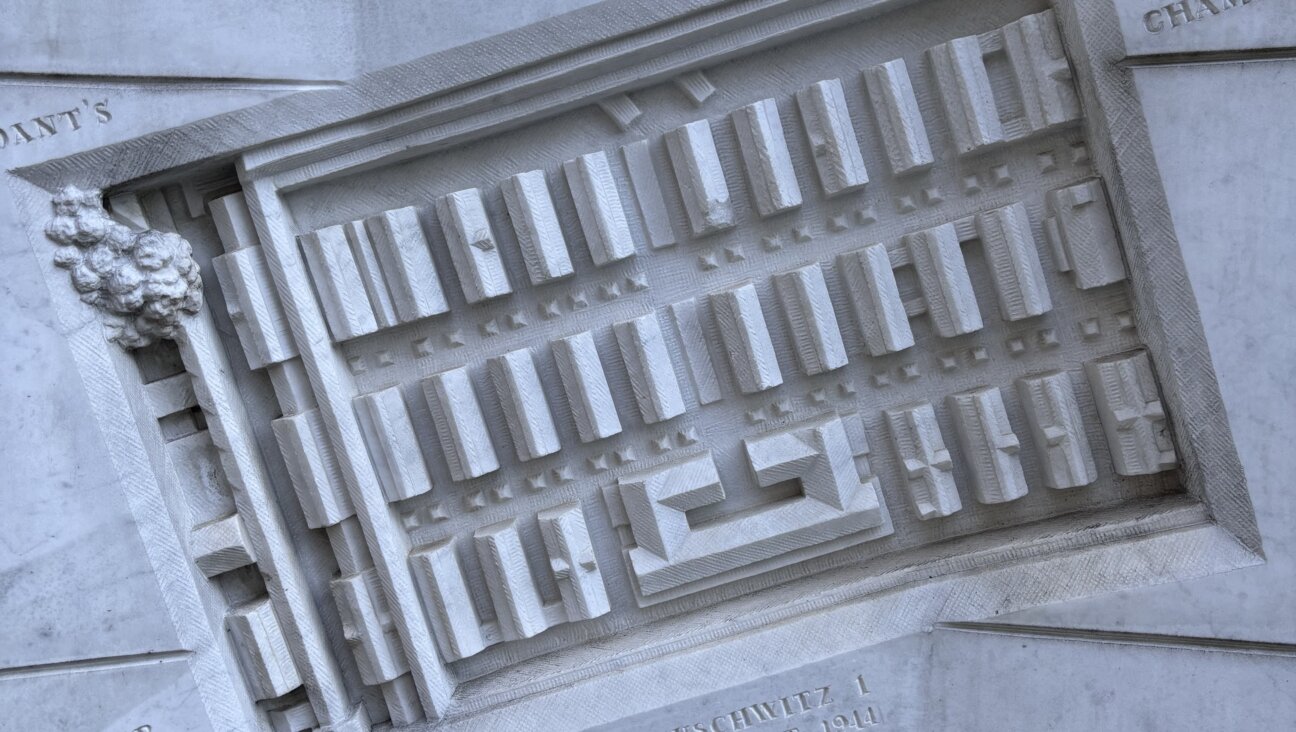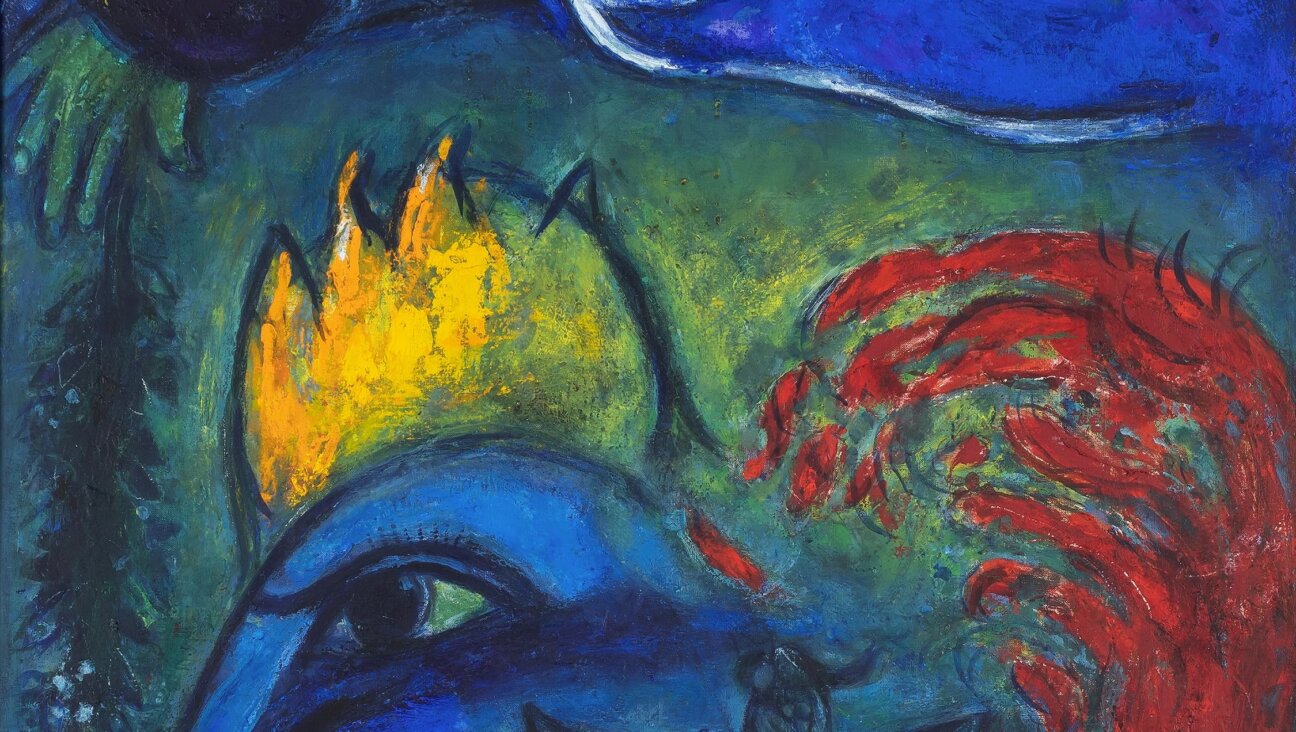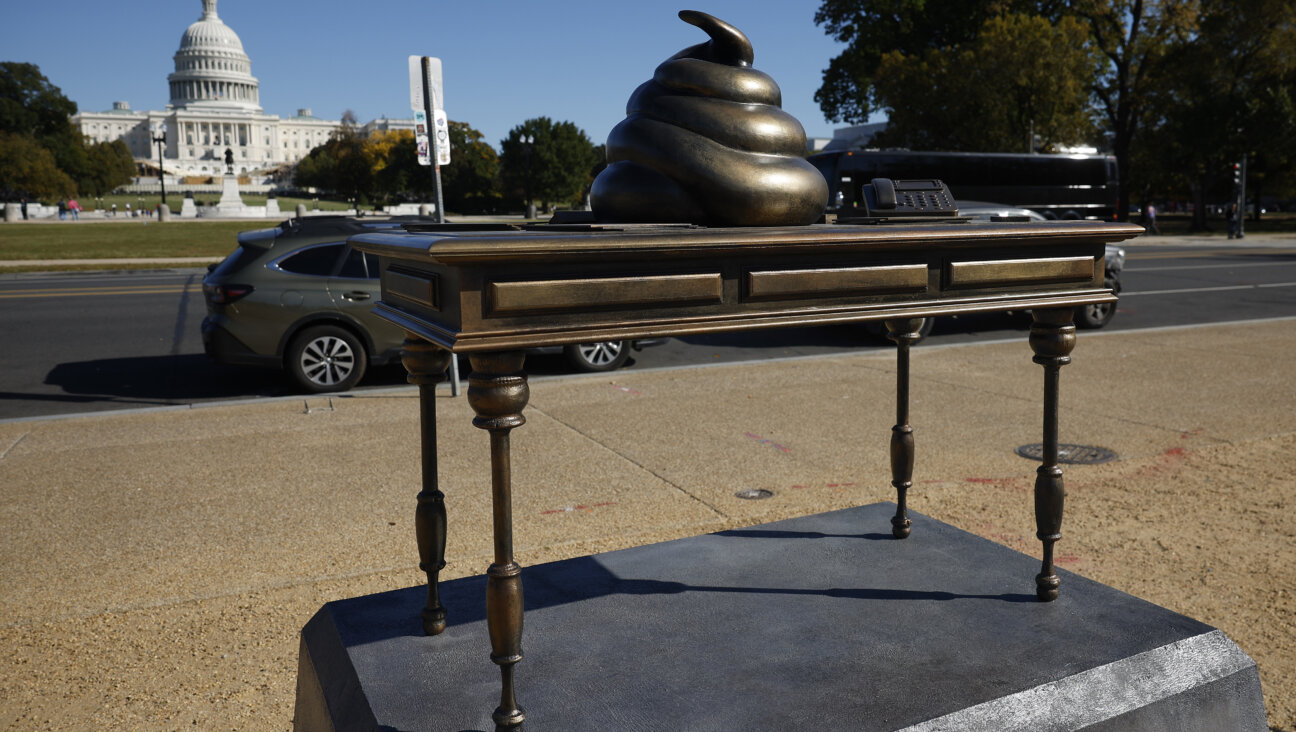Portraying Master Portraitist Annie Leibovitz

Annie Leibovitz is perhaps the best-known portrait photographer of our time. Her powerful and iconic images have graced the covers of magazines such as Rolling Stone, Vogue and Vanity Fair for over three decades. Several collections of Leibovitz’s work have been published, and exhibitions of her photographs have appeared in museums and galleries worldwide. A recipient of numerous awards, she has also been designated a “Living Legend” by the Library of Congress. “What I love about my work is to show what people do,” Leibovitz said, speaking in London this past January at the launch of her latest exhibition.
“WOMEN: New Portraits” is a series of newly commissioned images and a continuation of her acclaimed “Women” project, which she began in 1999 in collaboration with Susan Sontag. After appearing in January and February in London, at the Wapping Hydraulic Power Station, the exhibition, sponsored by the UBS Art Collection, is traveling to nine other cities over the course of the year: Tokyo, San Francisco, Singapore, Hong Kong, Mexico City, Istanbul, Frankfurt, New York and Zurich.
The original project tried to capture what female identity meant at the end of the 20th century. The accompanying book, also titled “Women,” depicted 170 women from all walks of life, including politicians, schoolteachers and celebrities, as well as women on death row. In this updated series, Leibovitz begins with portraits of women she admired. It features women of outstanding achievement. such as artists, writers, CEOs and philanthropists.
“It’s a work in progress,” Leibovitz explained. “We’re continuing to shoot as we go along.” To date, there are 22 new portraits on display, including pictures of the politician Aung San Suu Kyi; Adele; Amy Schumer; Sheryl Sandberg; ballerina Misty Copeland; Denise Manong (a pediatric AIDS health care worker in South Africa) and her daughter, Linamandla; the artist Kara Walker, and Gloria Steinem. They will be joined in the near future by the Pakistani activist Malala Yousafzai, the tennis player sisters Venus and Serena Williams and the performance artist Marina Abramović, all of whose names currently appear on index cards in place of their images. Steinem — who was also present at the launch — helped Leibovitz compile a list of subjects.
Not everyone was happy to be photographed. In fact, British primatologist Jane Goodall told Leibovitz that she preferred going to the dentist. The shoot took all of eight minutes. “First she stuck her tongue out at me and then she settled in,” Leibovitz said. But she understood how Goodall felt. “It is normal to not like having your picture taken because you have to deal with yourself and wonder who you are.”
The show’s unusual venue — a 19th-century East London power station turned art space — enhances the layout of the exhibition, which Leibovitz describes as an installation. The new commissions were pinned up on a wall in a grid and “are supposed to be democratic.” All the subjects are the same size. Two giant high-definition screens show work from the original series on a loop, and a huge 2007 portrait of Queen Elizabeth II dominates the space. A set of the new photographs will eventually enter UBS — one of the world’s largest corporate collections of contemporary art, comprising more than 30,000 works.
The portrait of the transgender former Olympic athlete Caitlyn Jenner, whose photograph appeared on the cover of Vanity Fair last year, encapsulates a significant change in attitudes toward gender and gender roles since the original series. Leibovitz referred to it as an amazing sitting. “Bruce is still there, but Caitlyn emerged. In some way the photograph was to help Caitlyn emerge. And that was the job in hand. We wanted to help her, give her the best start possible.”
“She was very quiet the first day. We looked at a lot of pictures — remember, this is kind of acquired, this look. So we looked at a lot of imagery of women, how she wanted to prepare herself. But by the second day she just took over, she knew where she was going. It was really like watching someone emerge. It was beautiful to create,” Leibovitz said.
Leibovitz admitted that she can still get star-struck — photographing Adele, for example. Despite her strenuous attempts, the one woman she has not photographed is Germany’s chancellor, Angela Merkel, whom she described as probably the most important woman in the world today. Leibovitz told BBC Radio 4 that, given the opportunity, she would love to photograph her working, just as she did with Hillary Clinton. “I would be respectful of her not wanting to sit for a portrait,” she noted.
Although there are a variety of subjects in this show, there is a remarkable intimacy about many of these images. In the introduction to the exhibition, Steinem writes that Leibovitz “captures women in all our human variety and idiosyncrasy, simplicity and artifice, bravery and fear, creativity of mind as well as womb; in other words, in all our humanity.”
Anne Joseph is a freelance writer based in the United Kingdom.
A message from our Publisher & CEO Rachel Fishman Feddersen

I hope you appreciated this article. Before you go, I’d like to ask you to please support the Forward’s award-winning, nonprofit journalism during this critical time.
We’ve set a goal to raise $260,000 by December 31. That’s an ambitious goal, but one that will give us the resources we need to invest in the high quality news, opinion, analysis and cultural coverage that isn’t available anywhere else.
If you feel inspired to make an impact, now is the time to give something back. Join us as a member at your most generous level.
— Rachel Fishman Feddersen, Publisher and CEO






















